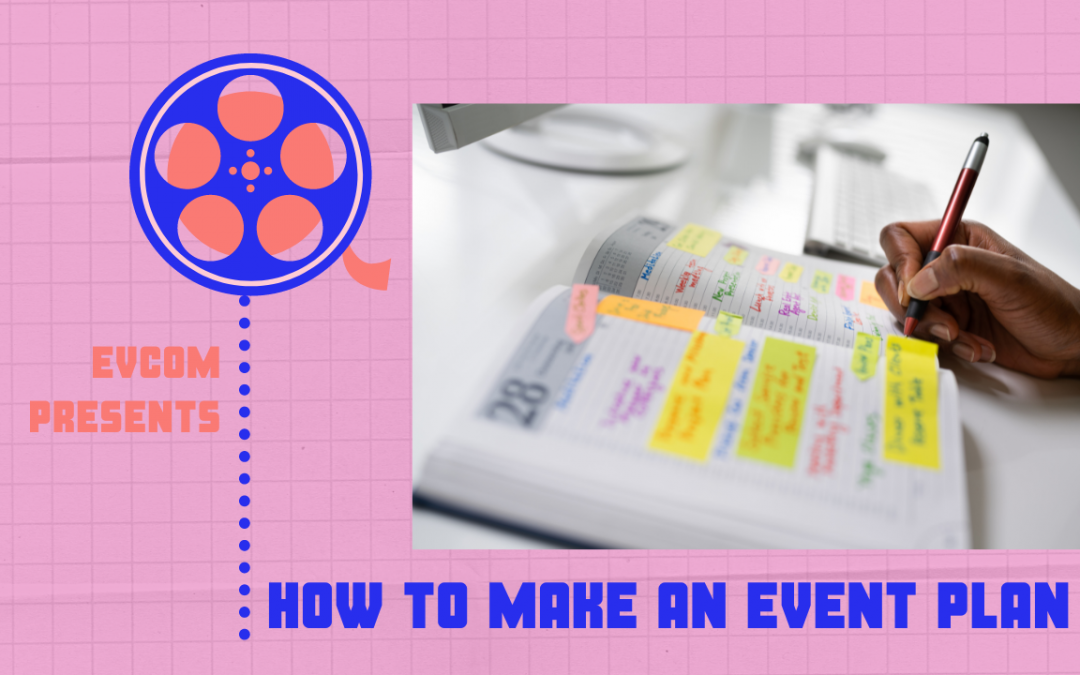An event plan is a crucial document to help your event run smoothly, and to make sure everyone working across the event is on the same page. It’ll be useful in the leadup and on the day, and will ensure you’ve thought of everything ahead of the event itself.
Key Info
You need all the key info in this document, from key contacts to anything people need to know about the venue such as wifi, security measures and so on. Up front include important contact information, such as numbers for your venue contact, everyone in your team, the AV team and any supplier who are bringing things in for the event such as decoration or lighting. Have a think about the structure of your event. If it’s a conference with clearly delineated sessions, list out each of these sessions. If your event doesn’t have sessions, break it into sections. Does it begin with a drinks reception and then go into a dinner, for example? Write out timings for the event and the different sessions/ sections, indicating the location of each section of your event if it moves between different spaces in your venue.
Break it Down
As well as the key sessions and sections, make sure you’ve thought about all the things that need to happen around them. If you have a registration desk, put time in your event schedule to set that up. If you have speakers who need to be shown their room, or who need to check their slides before they talk, put time in your event schedule to make that happen. Can you find out from speakers beforehand when they plan to arrive so you can plan this into your event schedule? Try to think through the whole day and take into account everything that needs to be done around each section of your event. This is a great place to think about the event journey of your attendees. What experience will they have moving between the different sections of your event, and how can you make sure it’s a smooth one?
Assign Roles
Now you’ve established all the different tasks that need to take place throughout the event, you’ll need to assign them to the people who will be working it. Who is going to be setting up reception? Who will be holding microphones for Q&As? Who will be bluetacking up the signage? Write their name or initial next to the appropriate task to ensure you have everything covered. This is especially important if you have multiple talks going on at the same time, or need multiple tasks to be completed simultaneously. Make sure you know who is doing what, so nothing gets overlooked.
On the Day
Send the event plan to the venue, your suppliers (e.g. your tech team) and your event assistants a week or so in advance so they have time to familiarise themselves with it. Print out several copies for event day and bring them along so people can refer to them throughout.


